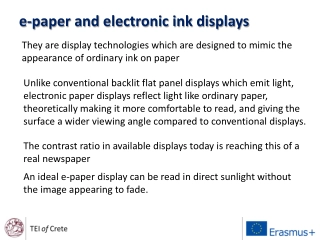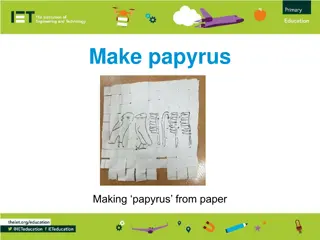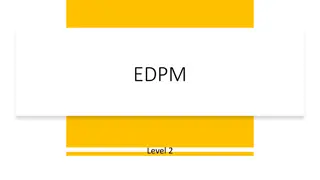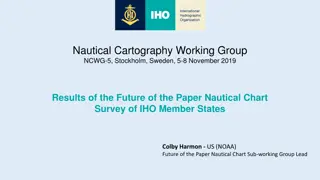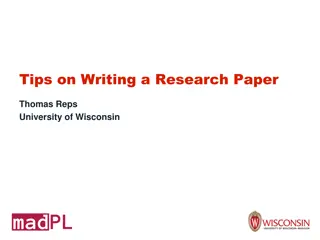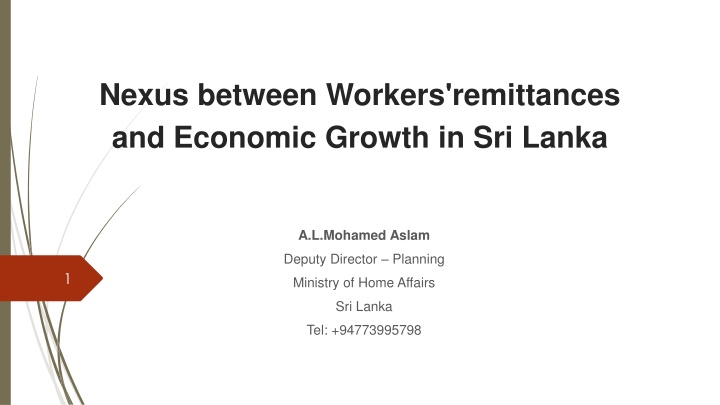
Relationship Between Workers' Remittances and Economic Growth in Sri Lanka
Explore the nexus between workers' remittances and economic growth in Sri Lanka, analyzing the impact of remittances on household behavior and overall economic development. The study delves into the potential long-term and short-term relationships between remittances and economic growth, using variables such as Per Capita Gross Domestic Product, Fixed Capital Formation, and Human Capital Index.
Download Presentation

Please find below an Image/Link to download the presentation.
The content on the website is provided AS IS for your information and personal use only. It may not be sold, licensed, or shared on other websites without obtaining consent from the author. If you encounter any issues during the download, it is possible that the publisher has removed the file from their server.
You are allowed to download the files provided on this website for personal or commercial use, subject to the condition that they are used lawfully. All files are the property of their respective owners.
The content on the website is provided AS IS for your information and personal use only. It may not be sold, licensed, or shared on other websites without obtaining consent from the author.
E N D
Presentation Transcript
Nexus between Workers'remittances and Economic Growth in Sri Lanka A.L.Mohamed Aslam Deputy Director Planning 1 Ministry of Home Affairs Sri Lanka Tel: +94773995798
Contents of the presentation 2 Introduction Objective Methodology Results and conclusion
Introduction 3 A moment ago, inflows of workers' remittances from developed to developing countries have received great attention among scholars and policy makers. Workers remittances are a kind of external inflow like foreign direct investment (FDI), official development assistant (ODA), etc. In the last decades the workers remittances to the developing countries increased substantially. They enter into the country through both official and unofficial channels and all of them inject to migrant workers household. Generally, receiving workers remittances by migrant household have been spent on consumption, savings and human capital formation. As the other external financial inflows: FDI, ODA affect on the economic growth, the workers remittances also spur the economic growth through household behaviour (consumption, savings and human capital formation)
Introduction 4 In many developing countries, inflows of workers remittances are treated as similar to FDI and other financial inflows. Thus, due to the reason of the workers remittances are treated as a external financial inflows like FDI and ODA, they are also believed that they may influence on the economic growth. As mentioned before, the workers remittances are important in developing countries, due to the size and their impact on the economic growth. However, the impact of workers remittances have not been widely focused in depth, not only in developing countries also Sri Lanka. Therefore, the main question of this study that there is any relationship between workers remittances and economic growth. This issue will be fulfilled in this study.
Objective of this study 5 The objective of this study is to explore the long run and short run relationship between the workers remittances and economic growth in Sri Lanka.
Methodology 6 Variables Per capita Gross Domestic Product (PCGDP) Dependent variables Workers remittances (WR) Independent variable Fixed Capital Formation (FCF) and Human Capital Index (HCI) Control variables Data This study used the annual time series data over the period of 1975 to 2016 for the above variable They were collected from the annual reports of the Central Bank of Sri Lanka in various years
Methodology 7 Theoretical model Solow Growth model used to develop the empirical model of this study. The basic Solow Growth model is mentioned as: ? ? = ?(?)?[? ? ? ? ]1 ? ; 0< ? <1 Where: ? ? : Output, ? ? : capital, ? ? : labour, and ? ? : the level of technology. ? ? And ? ? are assumed to grow exogenously at rates of ? and ? Empirical model From the theoretical model, this study modified the following econometric equations after making some mathematical operation on the basic Solow Growth model. The modified econometric model is as follows (1) Ln(??)= ln? 0 + ???? + ?!? + ?? Where: ? ? is per capita output, ?0 is the initial stock of knowledge, ? is per capita labour ration, ? is vector of improving variables of total factor productivity (i.e. fixed capital formation, human capital index and workers remittance). ? is the coefficient of fixed capital formation, ? is coefficients of vector.
Methodology 8 Empirical model This study finally used the following extended empirical equation derived from the equation (1). ln ?? = ??? 0 + ?ln ??? + ?1ln ??? + ?2ln ?? + ?? Where:Ln(??): Per - Capita Gross Domestic Product, ?0 : the initial stock of knowledge, ln ??? : fixed capital formation proxy variable for ? , ln ??? : human capital index and ln(???): Workers remittances Analytical technique ADF and Philips Perron unit root tests were employed to test the integrated order of using variables. In order to test the nexus, this study used the auto regressive distributed lag (ARDL) technique.
Results and Discussion 9 In order to test the integrated order of the variables, this study used the ADF and PP test. Based on the ADF and PP tests, all the variables using in this study are stationary in the integrated in mixed order I(0) and I(1). This conclusion could be confirmed through the following table. Variable ADF test PP test Level 1st Difference Decision Level 1st Difference Decision I(1) I(1) I(1) I(1) -1.866859 -3.298933** -2.138647 -8.564307* Log(PCGDP) I(1) -2.011852 -5.053654* -5.298412* -41.06871* Log(FCF) I(0), I(1) -3.068927 -1.020292* -1.866960 -14.00498* Log(HCI) I(1) -1.946613 -1.677084*** -8.427244* -27.24270* Log(WRE) I(0), I(1)
Results and Discussion 10 In order to apply the ARDL technique, this study tries to select the optimum lag length model using the Akaike Information Criteria (AIC) statistic. Based on this statistic, this study fitted 20 ARDL models, but, among them the following (ARDL 1,2,4,3) model has optimum lag length. This study Therefore has chosen this model to explore the cointegration between the variables. The following table shows the cointegration result of the selected ARDL model Independent F statistic Significance 1% 5% 10% variable I(0) 3.74 I(1) 5.06 I(0) 2.86 I(1) 4.01 I(0) 2.45 I(1) 3.52 k = 3 7.922601 Based on the table, the F-statistic is greater than entire significance level Thus, this study concludes that there is long run relationship between the workers remittances and economic growth in Sri Lanka.
Results and Discussion 11 Having confirmed the cointegration relationship between the variables, the study goes to estimate the long - run model of the estimated ARDL model. The following table shows the long - run coefficients of the variables in this study. Long - run model Coefficient Variable Standard t statistic error 0.107006 0.490156* 4.580637 ??? ??? 2.704406* 0.433209 6.242729 ??? ??? 0.367131* 0.116891 3.140804 ??? ??? C -10.629023 0.858905 -12.37508 The long run model details indicate that the workers remittances positively impact on the economic growth at 1% significance level.
Results and Discussion 12 The following table shows the details of short run relationship on the economic growth Short run error correctio Coefficient -0.627998* 0.271069* -12.3867* 0.2960** Variable ECM(-1) ??? ??? ??? ??? ??? ???( ? Standard error 0.138707 0.075581 4.138589 0.129845 t statistic -4.527519 3.586446 -2.992976 2.279816 Based on the table, this study concluded that the ECM is negative and significant, therefore, the workers remittances have short run causality on the economic growth.
Conclusion and Recommendation 13 This study mainly focuses on the impact of workers remittances on the economic growth in Sri Lanka during the periods of 1965 to 2016. The results confirm that the workers remittances positively and significantly stimulate the economic growth both in short run and long run. Moreover, this study finds that the workers remittances supports to stimulate the economic growth both in short run and long run periods. The findings of the study could be used for policy planning related to workers remittances policy.


